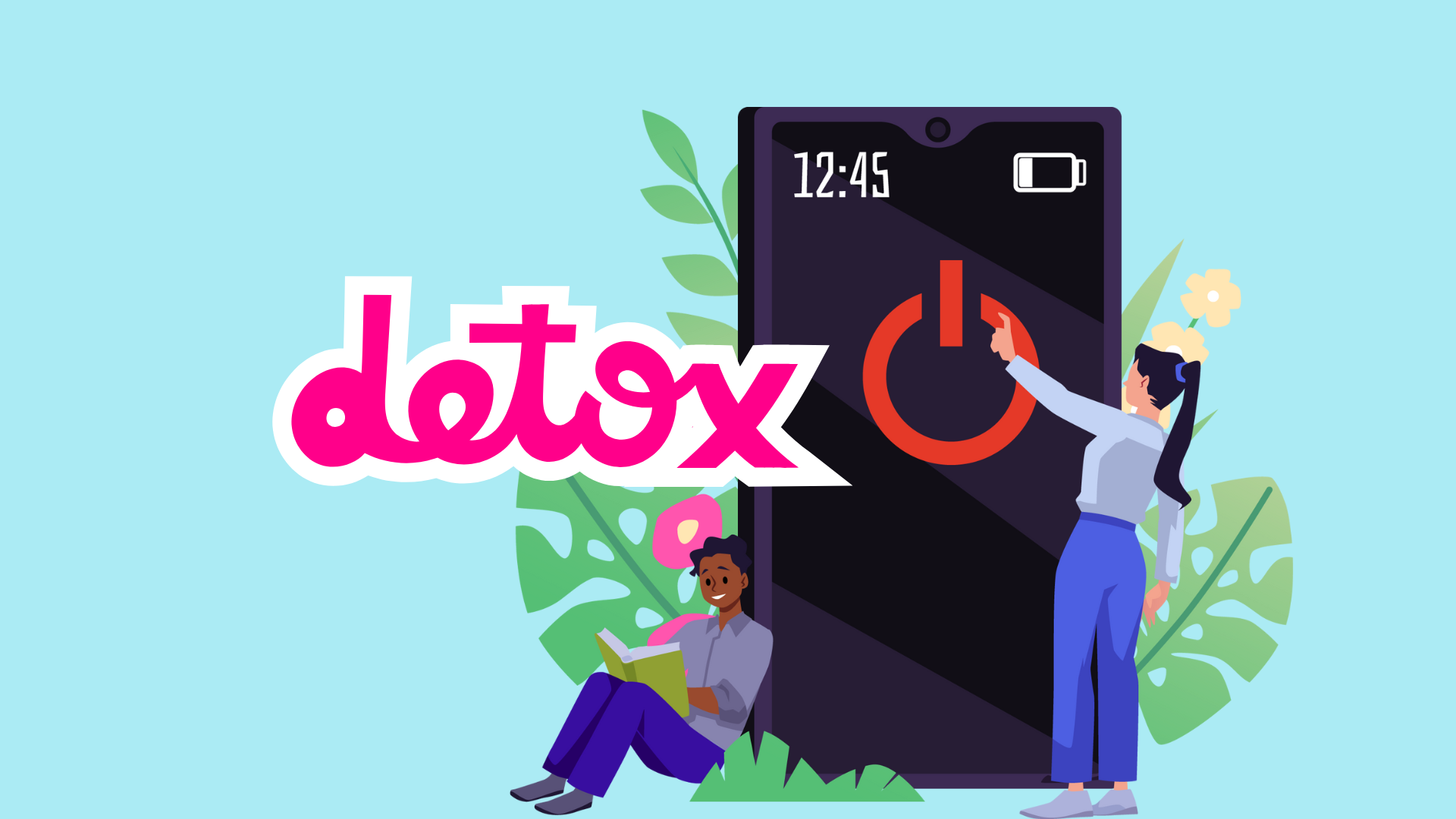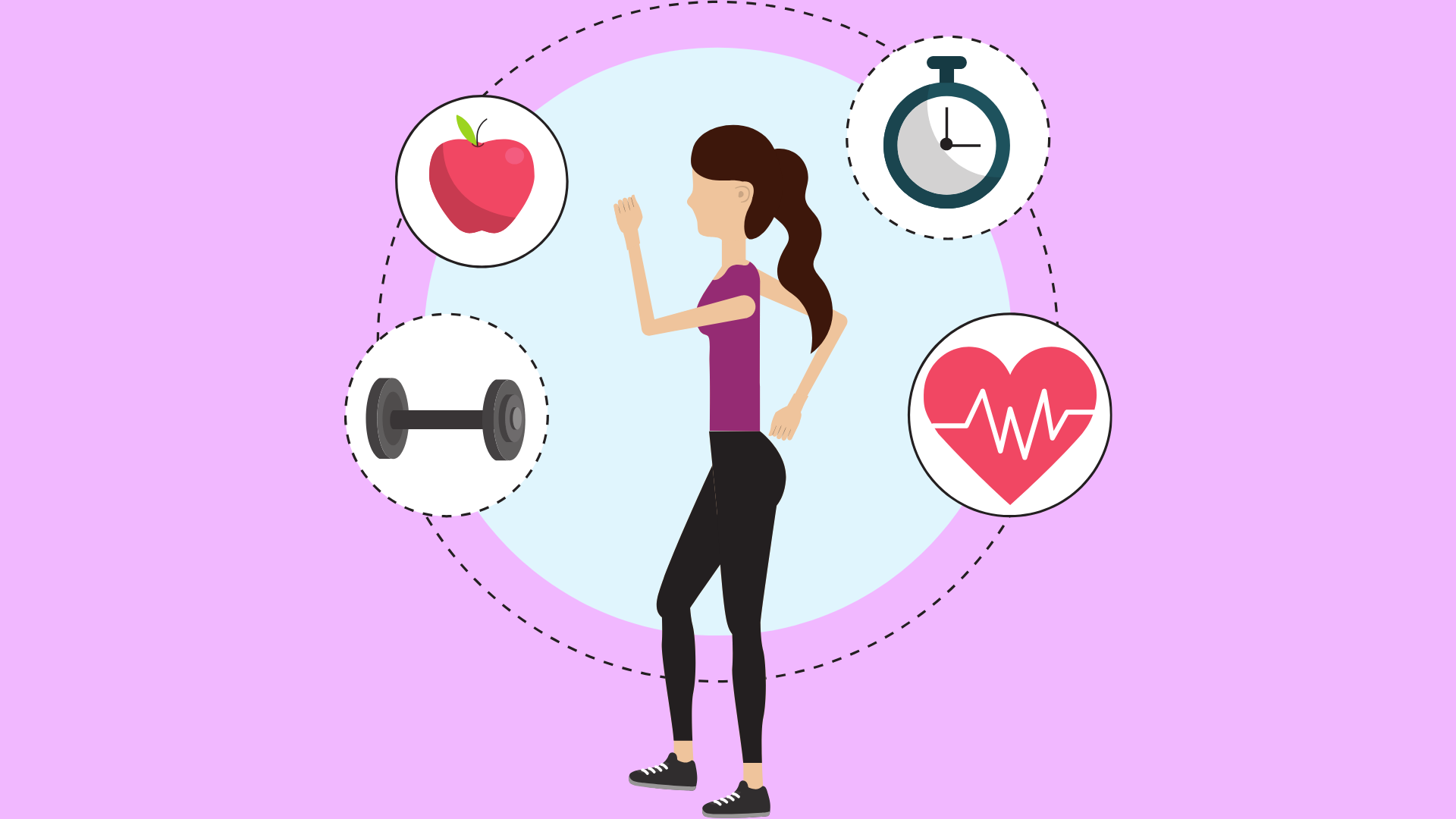Wellness is a holistic concept that encompasses various dimensions of well-being, aiming for a balanced and healthy life. It goes beyond mere absence of illness to include physical, mental, and emotional health. Here’s a breakdown of its key components:
Table of Contents
Physical Wellness
- Exercise: Regular physical activity is crucial for maintaining overall health. Incorporate a mix of cardiovascular exercises, strength training, and flexibility workouts to keep your body fit and strong.
- Nutrition: A balanced diet provides the necessary nutrients for energy and health. Focus on whole grains, lean proteins, healthy fats, and plenty of fruits and vegetables to support bodily functions.
- Sleep: Quality sleep is essential for recovery and well-being. Aim for 7-9 hours of sleep per night, establish a consistent sleep schedule, and create a restful environment to enhance sleep quality.
- General Fitness: Maintain physical fitness through a combination of healthy habits, including regular exercise, balanced nutrition, and routine health check-ups. This holistic approach supports long-term physical health.

Mental Wellness
- Stress Management: Effective techniques like mindfulness, deep breathing, and time management help manage stress and prevent burnout. Find methods that work for you to handle daily pressures constructively.
- Mindfulness: Practicing mindfulness helps increase awareness and reduce stress. Techniques such as meditation and mindful breathing can enhance mental clarity and emotional stability.
- Mental Health: Address mental health conditions like anxiety and depression through education and professional support. Understanding and managing these conditions is key to maintaining mental wellness.
- Emotional Resilience: Build resilience by developing coping strategies and maintaining a positive outlook. Strengthening your ability to handle emotional challenges can improve overall mental well-being.

Emotional Wellness
- Emotional Intelligence: Develop the ability to recognize, understand, and manage your own emotions and those of others. This skill improves communication and relationships, contributing to emotional health.
- Self-Care: Prioritize activities that nurture your emotional well-being. Engage in hobbies, relaxation practices, and self-compassion to support your mental and emotional health.
- Relationship Management: Maintain healthy relationships by setting boundaries, resolving conflicts effectively, and fostering positive interactions. Strong relationships are crucial for emotional stability and support.

Spiritual Wellness
- Meditation: Regular meditation helps connect with your inner self and promotes a sense of peace. It enhances self-awareness and reduces stress, contributing to overall spiritual health.
- Personal Beliefs: Align your actions with your personal beliefs and values. Understanding and embracing your core values provides a sense of purpose and direction in life.
- Purpose in Life: Pursue activities and goals that resonate with your values and bring a sense of fulfillment. Finding purpose enhances overall well-being and spiritual health.

Social Wellness
- Healthy Relationships: Foster and maintain positive, supportive relationships. Engaging with uplifting individuals enhances social well-being and reduces feelings of isolation.
- Community Involvement: Participate in community activities and volunteer work to strengthen social ties and contribute to a sense of belonging and purpose.
- Social Support: Build a strong support network to navigate life’s challenges. Offering and seeking support within your social circles promotes social wellness and resilience.

Occupational Wellness
- Career Satisfaction: Find fulfillment in your career by aligning your job with your interests and values. Job satisfaction enhances overall well-being and motivation.
- Work-Life Balance: Achieve a balance between work and personal life by setting boundaries and managing time effectively. This balance is crucial for maintaining occupational wellness.
- Professional Development: Seek opportunities for growth and learning in your career. Continuous professional development supports career advancement and personal fulfillment.

Environmental Wellness
- Sustainable Living: Adopt practices that support environmental health, such as reducing waste and conserving energy. Sustainable living choices benefit both personal well-being and the planet.
- Healthy Living Spaces: Create a clean, comfortable living environment. Regular maintenance of your living space promotes health and relaxation.
- Reducing Environmental Impact: Make eco-friendly choices to minimize your environmental footprint. Opt for sustainable products and practices to support environmental wellness.

Financial Wellness
- Budgeting: Develop and follow a budget to manage your finances effectively. Tracking income and expenses helps maintain financial stability and achieve your goals.
- Financial Planning: Create a comprehensive financial plan, including savings, investments, and retirement planning. Effective financial planning supports long-term financial health.
- Managing Financial Stress: Address financial stress through proactive management, realistic goal setting, and seeking professional advice. Managing finances well reduces anxiety and supports overall wellness.

Intellectual Wellness
- Lifelong Learning: Cultivate a habit of continuous learning. Pursue new knowledge through courses, workshops, or self-study to keep your mind active and engaged.
- Mental Challenges: Engage in activities like puzzles and brain games that challenge your cognitive abilities. These activities improve problem-solving skills and mental agility.
- Reading and Writing: Regular reading and writing stimulate intellectual growth. Reading diverse materials and writing creatively enhance knowledge and cognitive function.
- Creative Expression: Participate in creative activities like art or music. Creative expression encourages innovative thinking and stimulates different parts of the brain.
- Critical Thinking: Practice analyzing information and questioning assumptions. Critical thinking improves decision-making and helps you understand complex issues.
- Cultural Exploration: Explore different cultures through travel or learning new languages. Exposure to diverse perspectives broadens your understanding and stimulates intellectual growth.
- Intellectual Conversations: Engage in discussions with others to challenge and expand your viewpoints. Intellectual conversations foster deeper understanding and knowledge.
- Mindfulness and Reflection: Reflect on your learning experiences and practice mindfulness to improve focus and cognitive clarity. This supports ongoing intellectual development.
- Professional Development: Pursue career-related learning and skill enhancement. Staying updated with industry trends and acquiring new skills contributes to both personal and professional growth.
- Goal Setting: Set intellectual goals to provide direction and motivation. Achieving these goals supports continuous intellectual development and personal growth.

Conclusion
In conclusion, wellness is a holistic journey that touches on every aspect of life, from physical and mental health to emotional, spiritual, and social well-being. By addressing these areas with intentional and proactive practices, you enhance your overall quality of life. Remember, wellness is a continuous process of growth and self-care. Embrace regular exercise, mindful stress management, and lifelong learning to maintain a balanced and fulfilling life. Prioritizing these dimensions empowers you to live more vibrantly and face life’s challenges with resilience.
Discover more from Positive Treasure
Subscribe to get the latest posts sent to your email.




